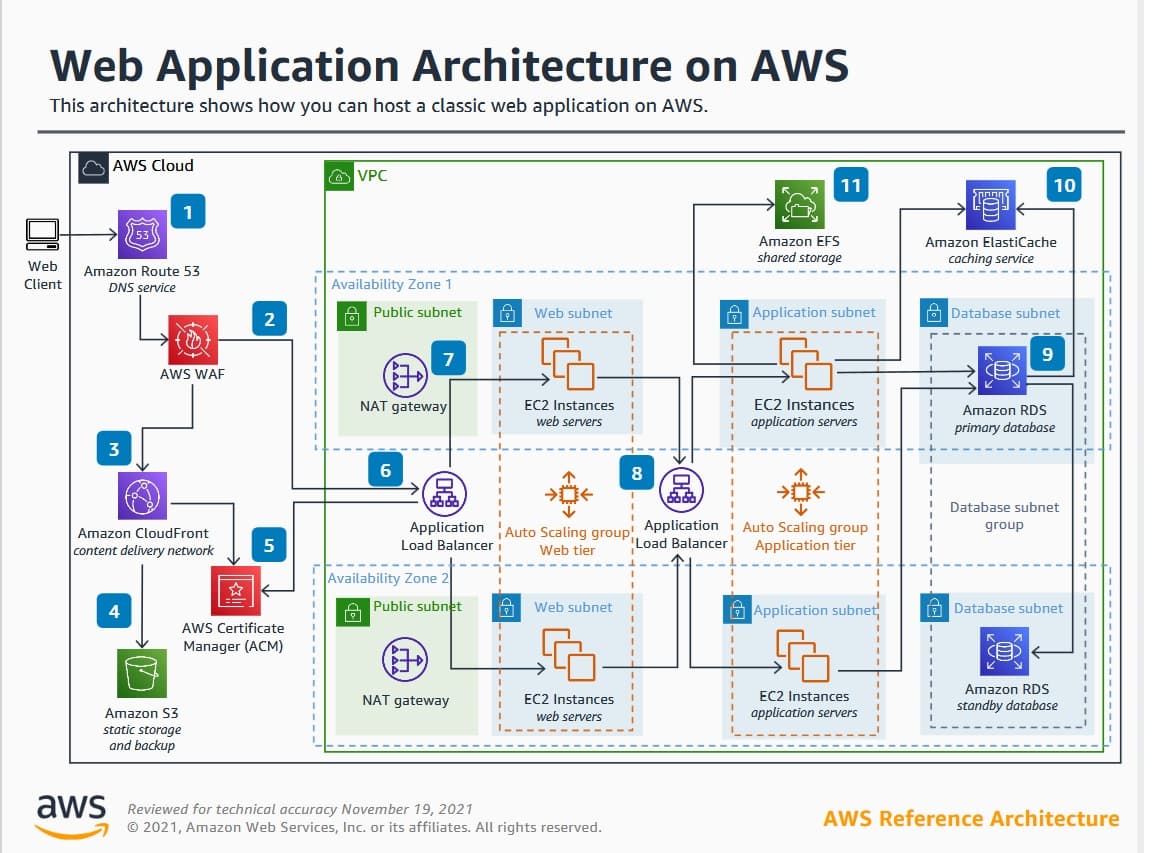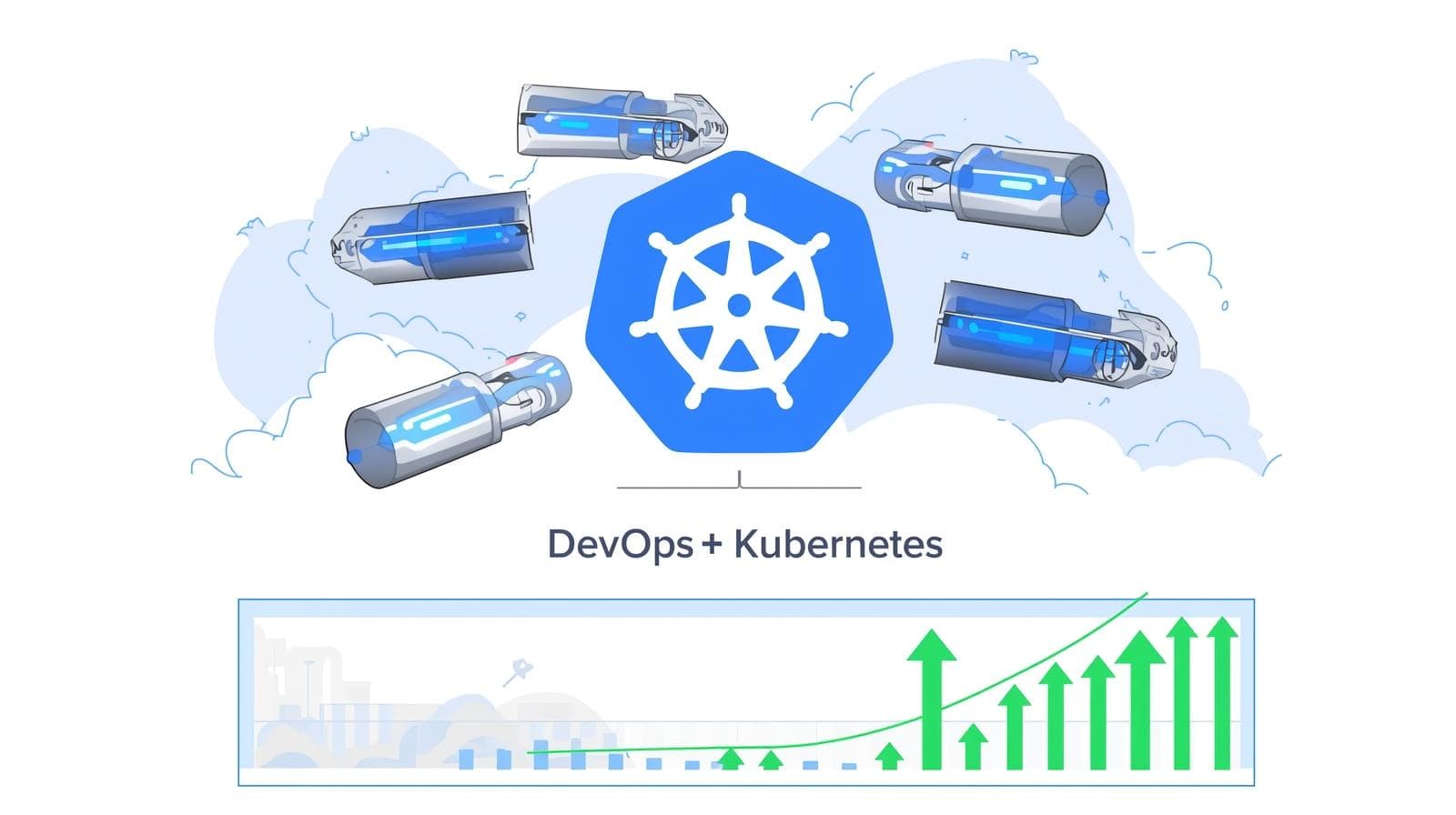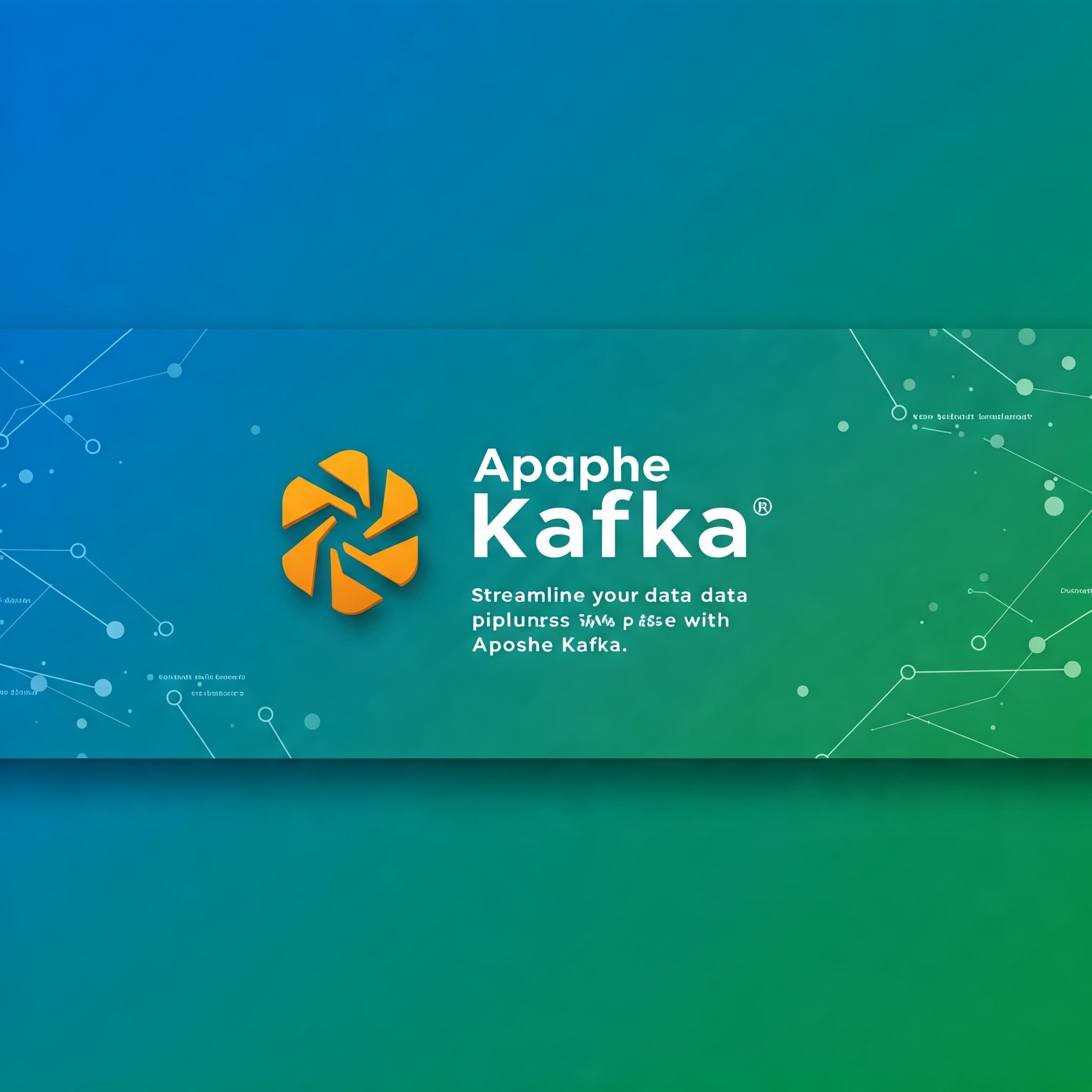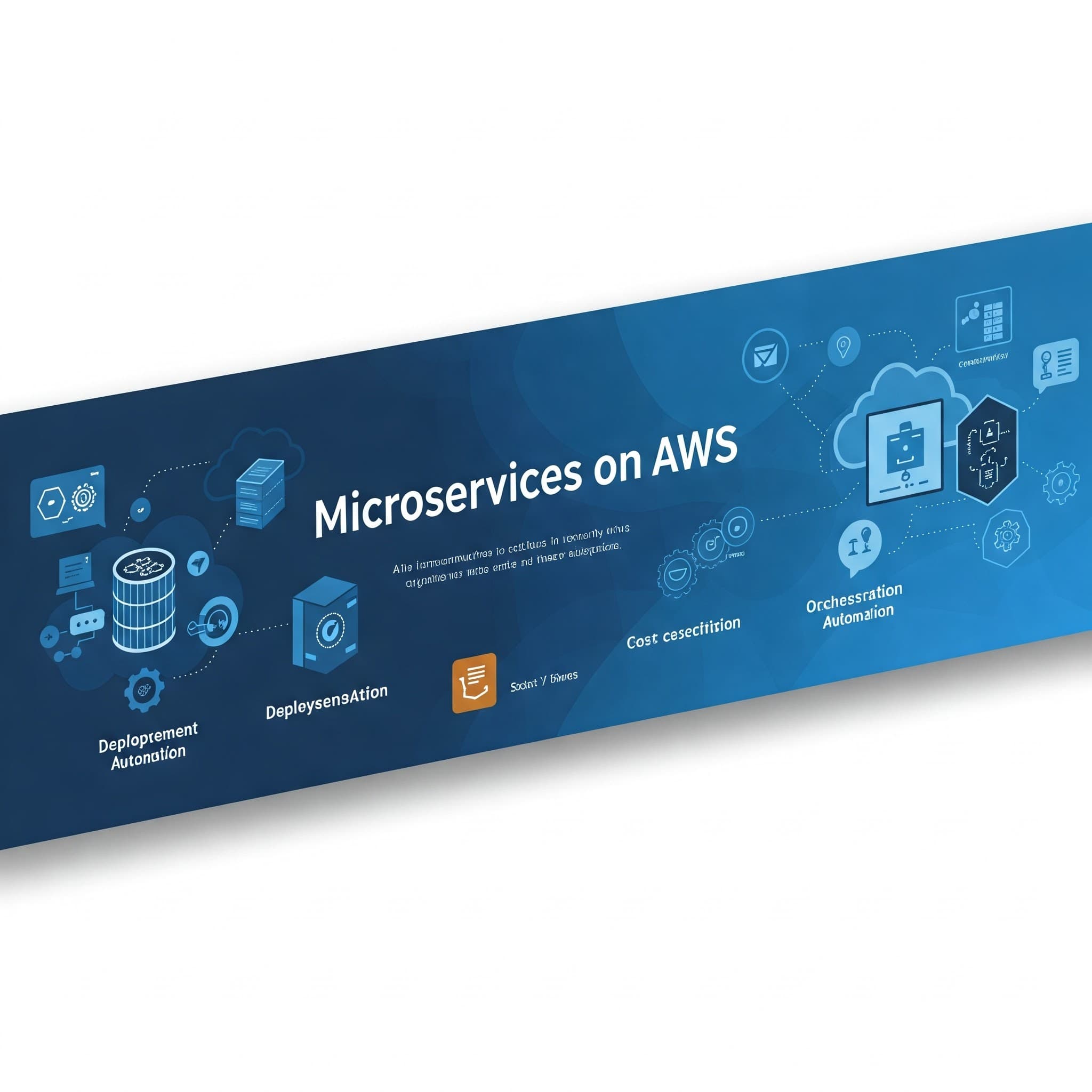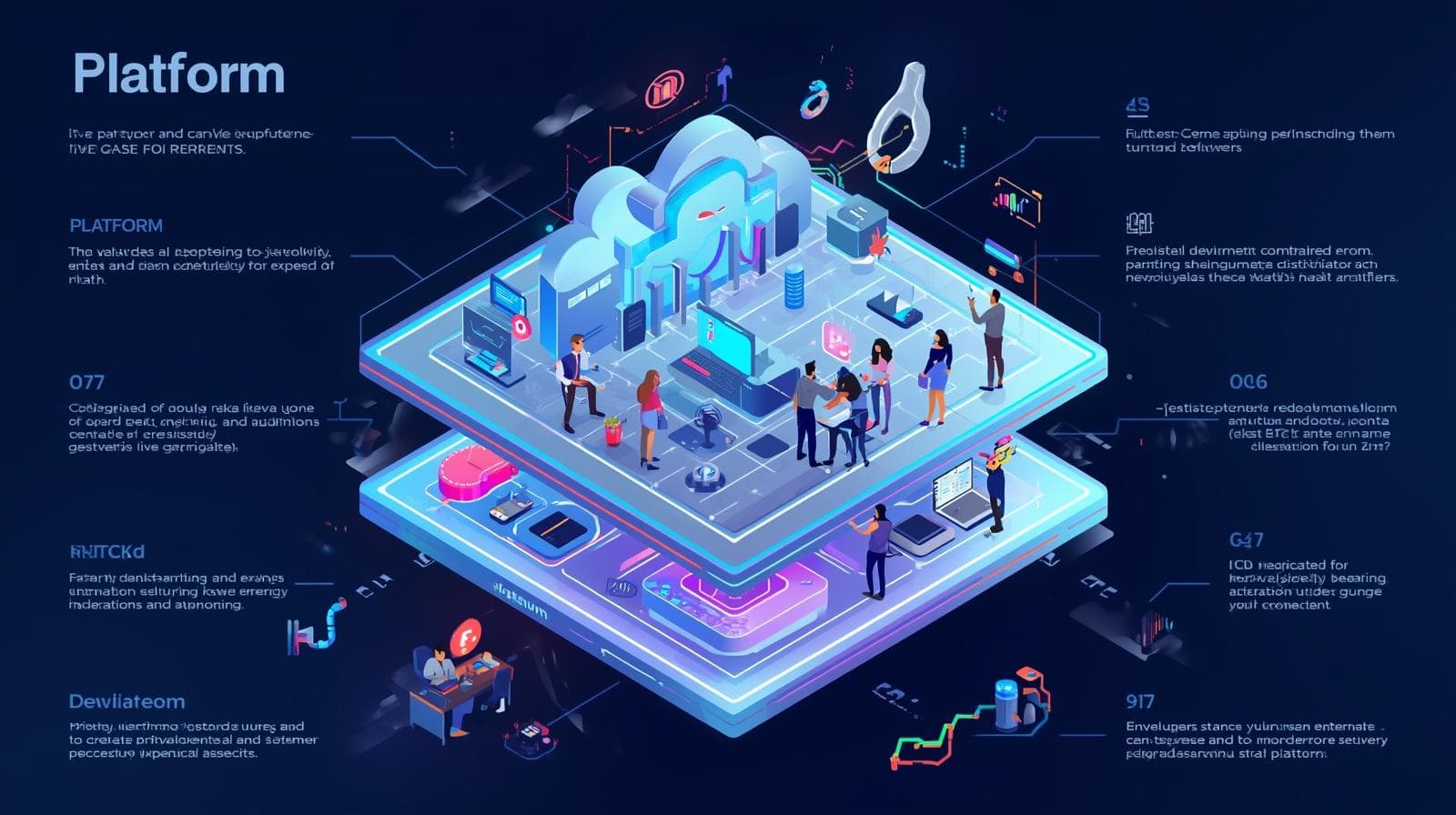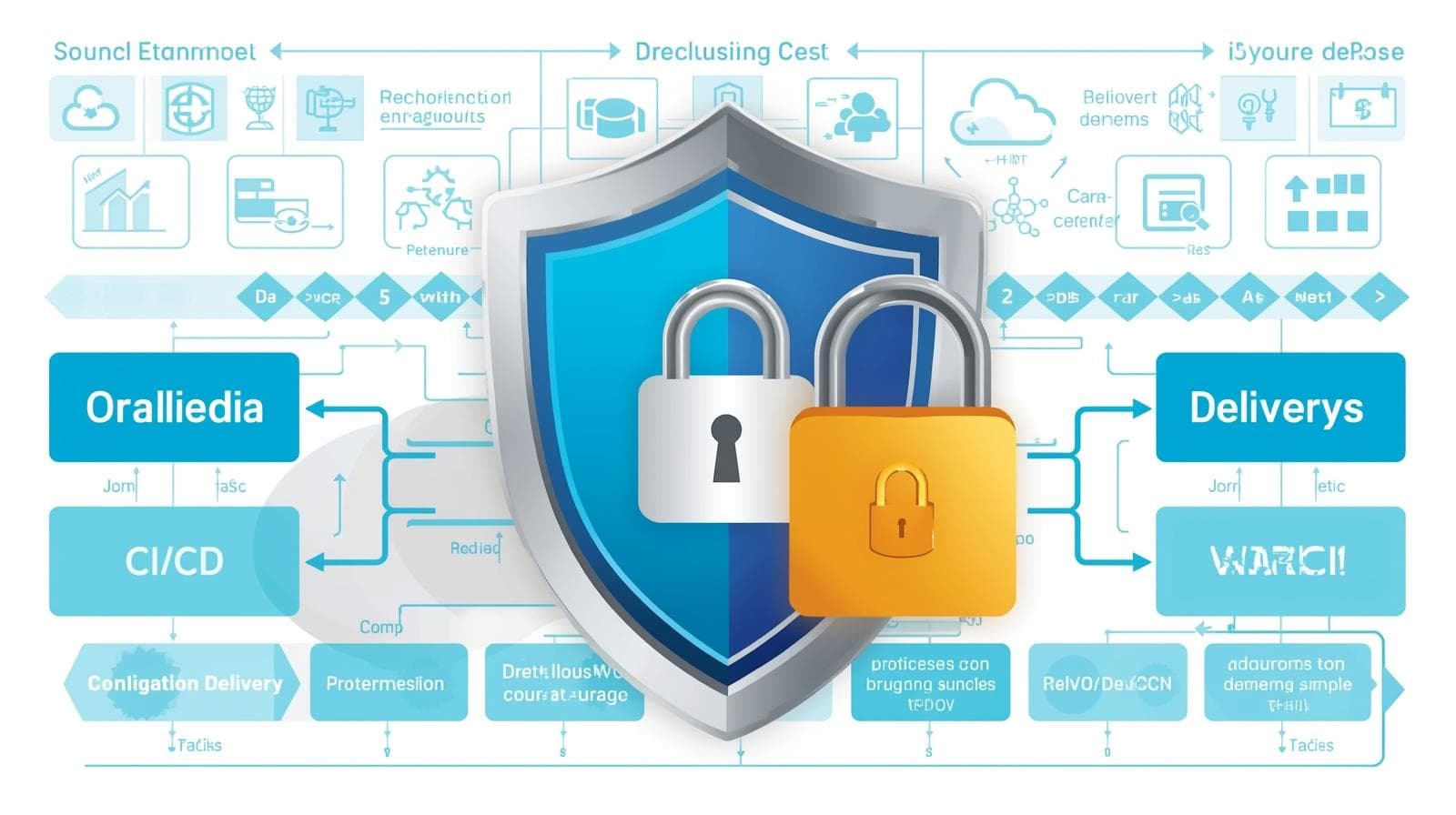Top 10 DevOps Tools in 2025: A Must-Know Guide for Engineers
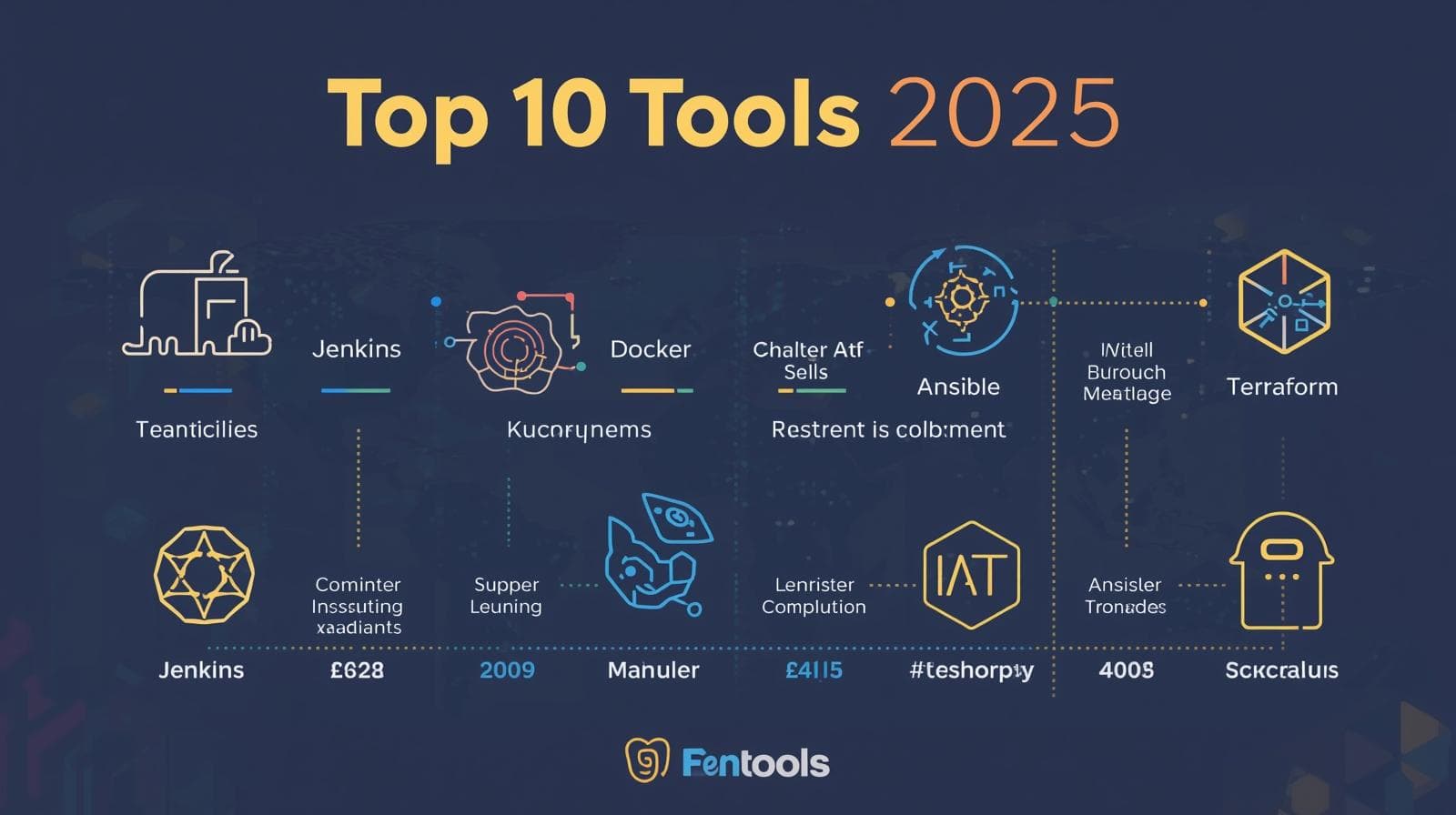
Master the modern DevOps landscape! Our in-depth 2025 guide covers the top 10 essential tools, from Kubernetes to Terraform, with real-world use cases and best practices. Level up your skills today!
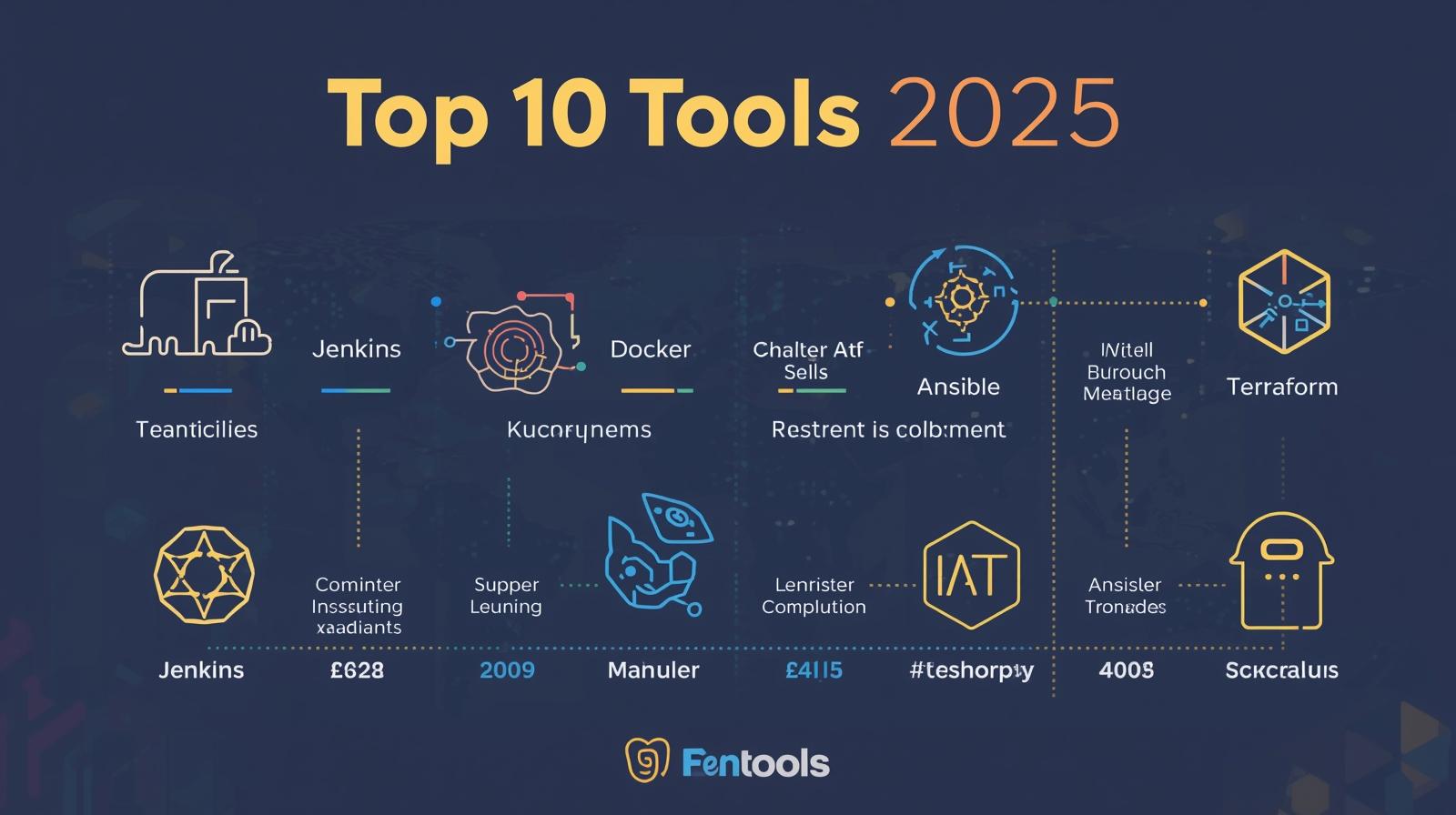
Top 10 DevOps Tools in 2025: A Must-Know Guide for Engineers
The Top 10 DevOps Tools in 2025 Every Engineer Must Master
Hey there, fellow coders and engineers! Let's have a real talk. The tech landscape moves at lightspeed, and what was cutting-edge last year might be yesterday's news today. This is especially true in the world of DevOps, where the right set of tools isn't just a luxury—it's the very engine that drives innovation, speed, and reliability.
If you're feeling a bit overwhelmed by the constant stream of new platforms and updates, you're not alone. That's why we've done the heavy lifting for you. We've sifted through the trends, analyzed the market, and spoken with industry leaders to compile this definitive list of the top 10 DevOps tools you need to know in 2025.
This isn't just a listicle; it's a deep dive. We'll explore what each tool does, why it's crucial, how it's used in the real world, and the best practices to get the most out of it. So, grab a coffee, get comfortable, and let's future-proof your skill set together.
A quick note: The DevOps philosophy is about culture and process first, tools second. But the right tools empower that culture. Think of them as the instruments for a skilled musician—they enable the symphony.
1. Kubernetes: The Undisputed Orchestration King
What it is: Kubernetes (often abbreviated as K8s) is an open-source container orchestration platform for automating the deployment, scaling, and management of containerized applications. In simple terms, if Docker is about creating containers, Kubernetes is about managing fleets of them at scale.
Why it's Essential in 2025: Kubernetes has won the orchestration war. It's the de facto standard, and its ecosystem is immense. In 2025, expertise in K8s isn't a niche skill; it's a fundamental requirement for anyone working on cloud-native applications. Platforms like AWS, Azure, and Google Cloud all have managed Kubernetes services (EKS, AKS, GKE), making it the universal abstraction layer for compute.
Real-World Use Case: Imagine an e-commerce application. During a normal day, it might need 10 pods (a group of containers) running. But on Black Friday, traffic spikes 1000%. Kubernetes can automatically scale the number of pods up to 1000 to handle the load, and then scale back down when traffic normalizes, all without any human intervention. It also automatically replaces failed containers, ensuring high availability.
Best Practices:
Use Namespaces: Organize your cluster into logical partitions (e.g.,
development,staging,production).Define Resource Requests and Limits: Prevent any single application from hogging all the cluster resources.
Leverage Liveness and Readiness Probes: Let K8s manage your application's health checks intelligently.
Secrets Management: Never store passwords or API keys in your pod definitions. Use Kubernetes Secrets or, better yet, integrate with external secret stores like HashiCorp Vault.
2. Docker: The Foundation of Containerization
What it is: Docker is a platform that uses OS-level virtualization to deliver software in packages called containers. Containers are isolated from each other and bundle their own software, libraries, and configuration files, ensuring consistency across different environments.
Why it's Essential in 2025: The mantra "it works on my machine" is officially dead, and Docker is the reason why. It remains the most popular and accessible tool for creating, running, and distributing containers. Even with the rise of alternative runtimes (like containerd, which K8s uses under the hood), the Dockerfile and Docker image format are the universal language of containerization.
Real-World Use Case: A team of developers is building a Python web app with a complex set of dependencies. Instead of each developer spending hours setting up their local environment, they simply write a Dockerfile. Anyone can then run docker build to create an identical image that will run exactly the same way on a laptop, a testing server, and a production cluster.
Best Practices:
Use Multi-Stage Builds: Keep your final image lean by building your application in a temporary "builder" container and copying only the necessary artifacts to the final, smaller runtime image.
Use
.dockerignore: Prevent sending unnecessary files (like local configs, logs,node_modules) to the Docker daemon, speeding up builds.Tag Your Images Properly: Use semantic versioning (e.g.,
my-app:v1.2.3) and alatesttag for easy identification.Scan for Vulnerabilities: Regularly scan your Docker images for known security vulnerabilities using tools like Trivy or Docker Scout.
3. Terraform by HashiCorp: Infrastructure as Code (IaC) Pioneer
What it is: Terraform is an open-source Infrastructure as Code (IaC) tool that allows you to define and provision data center infrastructure using a declarative configuration language called HCL (HashiCorp Configuration Language). You write code to describe your desired cloud setup (servers, databases, networks), and Terraform makes it happen.
Why it's Essential in 2025: Cloud complexity is increasing. Managing infrastructure through click-ops in a web console is error-prone and not scalable. Terraform's declarative approach, wide provider support (AWS, Azure, GCP, Kubernetes, etc.), and state management make it the leader for provisioning and managing complex, multi-cloud environments reliably and repeatably.
Real-World Use Case: You need to set up a complete environment on AWS: a VPC, subnets, an EKS cluster, an RDS database, and an S3 bucket. Instead of manually creating these resources, you write Terraform configuration files. With a single command (terraform apply), you can create an identical, documented environment for dev, staging, and prod. Need to destroy it? terraform destroy cleans it all up.
Best Practices:
Modularize Your Code: Create reusable modules for common patterns (e.g., an "EKS module," an "RDS module") to avoid duplication.
Remote State Storage: Never store your
terraform.tfstatefile locally. Use a remote backend like S3 with state locking (using DynamoDB) to enable teamwork and prevent conflicts.Plan and Apply: Always run
terraform planto see an execution plan before applying changes to avoid surprises.Version Your Terraform Code: Store your configuration files in a Git repository to track changes over time.
4. GitHub Actions: The CI/CD Powerhouse Integrated into Git
What it is: GitHub Actions is a CI/CD (Continuous Integration/Continuous Deployment) platform that allows you to automate your build, test, and deployment pipeline directly within your GitHub repository. You define workflows using YAML files that trigger on events like a git push or a pull request.
Why it's Essential in 2025: The integration is killer. By bringing CI/CD directly into the world's largest code hosting platform, GitHub Actions reduces context switching and simplifies the entire software lifecycle. Its marketplace of pre-built actions makes it incredibly easy to assemble powerful workflows. For many teams, especially those already on GitHub, it has become the default choice.
Real-World Use Case: On every pull request to the main branch, a workflow automatically triggers. It lints the code, runs the unit test suite, and builds a Docker image. If all tests pass, it can automatically deploy the new image to a staging environment for further testing. When the PR is merged, another workflow can deploy to production.
Best Practices:
Use Specific Action Versions: Instead of
uses: actions/checkout@v4, pin to a specific commit SHA for maximum stability and security.Optimize Workflow Speed: Use the
cacheaction to cache dependencies (e.g.,node_modules, pip packages) between workflow runs.Keep Secrets Secure: Store API keys and passwords as GitHub Secrets, never hardcoded in your YAML files.
Reusable Workflows: For complex setups, create reusable workflows to avoid copying and pasting the same YAML across multiple repositories.
5. Jenkins: The Battle-Tested Automation Server
What it is: Jenkins is an open-source automation server that enables developers to reliably build, test, and deploy their software. It's the old guard of CI/CD, famous for its flexibility and massive plugin ecosystem.
Why it's Essential in 2025: While newer tools like GitHub Actions are gaining market share, Jenkins is far from dead. Its unparalleled flexibility allows it to automate almost any task imaginable. Large enterprises with complex, legacy, or highly customized build processes often rely on Jenkins pipelines (defined as Jenkinsfile using Groovy) that would be difficult to replicate elsewhere.
Real-World Use Case: A large financial institution has a monolithic application with a multi-hour build process involving complex compliance checks, security scans, and deployments to an on-premise data center. Jenkins, with its vast array of plugins and ability to run on-premise, is perfectly suited to model this intricate pipeline as code.
Best Practices:
Pipeline-as-Code: Always define your pipelines using a
Jenkinsfilestored in SCM. Avoid configuring jobs manually through the UI.Use Declarative Pipelines: They are simpler and more structured than the older scripted pipeline syntax.
Run Jenkins in Docker: Containerize your Jenkins controllers and agents for easier management and scalability.
Secure Your Instance: Jenkins is a prime target for attacks. Keep it updated, use strong authentication, and limit plugin usage to only what's necessary.
To learn professional software development courses such as Python Programming, Full Stack Development, and MERN Stack, visit and enroll today at codercrafter.in. Our courses include dedicated modules on DevOps practices and tools to make you industry-ready.
6. Argo CD: GitOps for Kubernetes Done Right
What it is: Argo CD is a declarative, GitOps continuous delivery tool for Kubernetes. It automatically syncs and deploys applications to a Kubernetes cluster based on configurations defined in a Git repository.
Why it's Essential in 2025: GitOps is becoming the standard operating model for Kubernetes. The principle is simple: Git is the single source of truth for both application and infrastructure code. Argo CD continuously monitors your Git repo and ensures your live cluster state matches the desired state defined in Git. If someone makes a manual change directly to the cluster, Argo CD will revert it—this is a huge win for stability and compliance.
Real-World Use Case: Your application's Kubernetes manifests (YAML files) are in a Git repo. You tag a new release (v1.5.0). Argo CD, which is installed in your cluster, detects this change. It automatically pulls the new manifests and deploys the v1.5.0 application to the production cluster. You can see the deployment status and history directly in the Argo CD UI.
Best Practices:
Use ApplicationSets: For managing multiple applications or the same application across multiple environments, use ApplicationSets to avoid repetitive configuration.
Enable Automated Syncing with Pruning: This allows Argo CD to auto-deploy and automatically remove resources that are no longer defined in Git.
Utilize Sync Waves and Hooks: Control the order of deployment (e.g., deploy a database schema migration job before deploying the new app version) using sync waves.
Integrate with Your CI Tool: Your CI pipeline (e.g., GitHub Actions) should build the image and update the Git repo with the new image tag. Argo CD handles the CD part.
7. Prometheus & Grafana: The Observability Dream Team
What it is: This is a two-for-one deal because they are almost always used together.
Prometheus: An open-source systems monitoring and alerting toolkit. It collects and stores metrics as time-series data.
Grafana: An open-source platform for analytics and monitoring visualization. It connects to data sources like Prometheus and allows you to create rich, interactive dashboards.
Why it's Essential in 2025: You can't manage what you can't measure. In a dynamic, microservices-based environment, traditional monitoring falls short. Prometheus's pull-based model and multi-dimensional data model are perfect for cloud-native apps. Grafana turns the raw metrics from Prometheus into beautiful, actionable insights that everyone—from engineers to managers—can understand.
Real-World Use Case: You have a microservice that's experiencing slow response times. Using Prometheus, you collect metrics like HTTP request rate, error rate, and latency. You then visualize these in a Grafana dashboard. You can set up an alert in Prometheus that triggers if the 95th percentile latency goes above 200ms for more than 2 minutes, sending a notification to your Slack channel.
Best Practices:
Instrument Your Code: Use client libraries (for Python, Go, Java, etc.) to expose custom application metrics (e.g.,
orders_processed_total,user_login_duration_seconds).Use the Right Metric Types: Understand when to use a Counter, Gauge, or Histogram.
Label Wisely: Use labels to add dimensions to your data (e.g.,
http_requests_total{method="POST", endpoint="/api/users", status="500"}), but avoid high cardinality.Design Effective Dashboards: Build Grafana dashboards that tell a story. Have a high-level "service overview" dashboard and detailed dashboards for drilling down.
8. Ansible: Simple, Agentless Automation
What it is: Ansible is an open-source tool for configuration management, application deployment, and intra-service orchestration. Its key differentiator is that it is agentless, using SSH (for Linux) or WinRM (for Windows) to manage nodes.
Why it's Essential in 2025: While Terraform excels at provisioning infrastructure, Ansible shines at configuring it. Need to install packages, update configurations, or ensure a specific state across hundreds of servers? Ansible's simple, YAML-based playbooks are human-readable and easy to get started with. It's the swiss army knife for post-provisioning tasks.
Real-World Use Case: After Terraform creates a fleet of virtual machines, an Ansible playbook is triggered. It connects to each VM via SSH, installs Docker, configures the firewall, pulls the correct Docker image, and starts the application container. This "day-2" operations automation is critical for maintenance.
Best Practices:
Use Roles: Organize your playbooks into reusable roles for common tasks (e.g., a
nginxrole, adockerrole).Use Ansible Vault: Encrypt sensitive data like passwords within your playbooks.
Write Idempotent Playbooks: A playbook should be safe to run multiple times. It should only make changes if the current state differs from the desired state.
Use Dynamic Inventory: Instead of maintaining a static list of hosts, use dynamic inventory scripts to pull host lists from cloud providers like AWS or Azure.
9. Git: The Immutable Foundation
What it is: Git is a free, open-source distributed version control system. It's the tool that tracks changes in any set of files, typically used for coordinating work among programmers collaboratively developing source code.
Why it's Essential in 2025: This might seem obvious, but Git is the absolute bedrock of modern software development, and by extension, DevOps. Every practice we've discussed—Infrastructure as Code, CI/CD, GitOps—relies entirely on Git. A deep understanding of Git (branching strategies, rebasing, cherry-picking) is non-negotiable.
Real-World Use Case: A feature branch is created from main. A developer works on a new feature, committing changes locally. They push the branch to a remote repository and open a Pull Request. Teammates review the code. After review and successful CI checks, the branch is merged into main. This workflow, enabled by Git, is the standard for collaborative development.
Best Practices:
Choose a Branching Strategy: Use a consistent model like GitFlow, GitHub Flow, or Trunk-Based Development.
Write Meaningful Commit Messages: Follow a convention like Conventional Commits to make history readable and enable automated versioning.
.gitignore is Your Friend: Prevent accidentally committing build artifacts, local configuration, or secrets.
Review Before You Merge: Use pull requests (or merge requests) for code review. It's the best quality gate you have.
10. Slack / Microsoft Teams: The Collaboration Hub
What it is: These are collaborative communication platforms that have become the central nervous system of modern engineering teams.
Why it's Essential in 2025: DevOps is about breaking down silos, and communication is key. These tools are where conversations happen. More importantly, they are the primary interface for alerts and notifications from your DevOps toolchain. A CI build fails? An alert fires from Prometheus? It gets posted to a dedicated channel, enabling rapid response and visibility for the whole team.
Real-World Use Case: Your Grafana dashboard detects a spike in error rates. Prometheus sends an alert to a webhook, which posts a detailed message to the #alerts-prod channel in Slack. The on-call engineer is notified immediately. They can click a link in the alert to jump directly to the relevant dashboard and begin investigation.
Best Practices:
Create Themed Channels: Have specific channels like
#deploys,#alerts-infra,#team-frontendto keep conversations organized.Integrate Everything: Connect your CI/CD, monitoring, and version control systems to post status updates.
Use Threads: Keep main channels clean by replying in threads for specific discussions.
Leverage Automation: Use bots to run routine commands or fetch information without leaving the chat window.
Frequently Asked Questions (FAQs)
Q1: I'm new to DevOps. Which tool should I learn first?
A: Start with the foundation: Git. You can't do anything else without it. Then, move to Docker to understand containerization. After that, pick a CI/CD tool like GitHub Actions and learn the basics of a scripting language like Python or Bash.
Q2: Is Jenkins being replaced by GitHub Actions/GitLab CI?
A: For new, cloud-native projects, many teams are starting with GitHub Actions or GitLab CI due to their simplicity and tight integration. However, Jenkins is not going away. Its extreme flexibility keeps it dominant in large enterprises with complex, existing pipelines. Knowing Jenkins is still a very valuable skill.
Q3: What's the difference between Terraform and Ansible?
A: Think of it as building vs configuring. Terraform is best for provisioning the cloud infrastructure itself (e.g., "create 3 servers, a load balancer, and a database"). Ansible is best for configuring what's on those servers (e.g., "install Java, deploy the application JAR file, and start the service"). They are often used together.
Q4: Is GitOps just a buzzword?
A: Not at all. GitOps is a powerful operational framework that provides tangible benefits: increased stability, better audit trails, and easier disaster recovery. By making Git the single source of truth, it brings the same rigor of software development to operations. Argo CD is a key tool for implementing it on Kubernetes.
Q5: How do I convince my team to adopt these DevOps practices?
A: Start small! Don't try to boil the ocean. Pick a single, painful part of your process (e.g., manual deployments) and introduce one tool (like GitHub Actions) to automate it. Demonstrate the value with a successful pilot project. Show how it saves time, reduces errors, and makes life easier.
Conclusion: Your DevOps Journey in 2025
The DevOps landscape in 2025 is mature, powerful, and centered around a cloud-native, Git-centric, and Kubernetes-dominated paradigm. The tools we've discussed form a cohesive stack that enables teams to deliver software faster, more reliably, and with greater confidence.
Remember, the goal isn't to use every single tool on this list blindly. It's to understand the problems each one solves and thoughtfully assemble a toolkit that fits your team's unique culture and challenges. Start with the principles—automation, measurement, and sharing—and let the tools follow.
Mastering these technologies is a journey, but it's one of the most rewarding investments you can make in your career. The demand for skilled DevOps professionals has never been higher.
Ready to take the next step? To learn professional software development courses such as Python Programming, Full Stack Development, and MERN Stack, all of which incorporate modern DevOps principles, visit and enroll today at codercrafter.in. Let's build the future, together.
